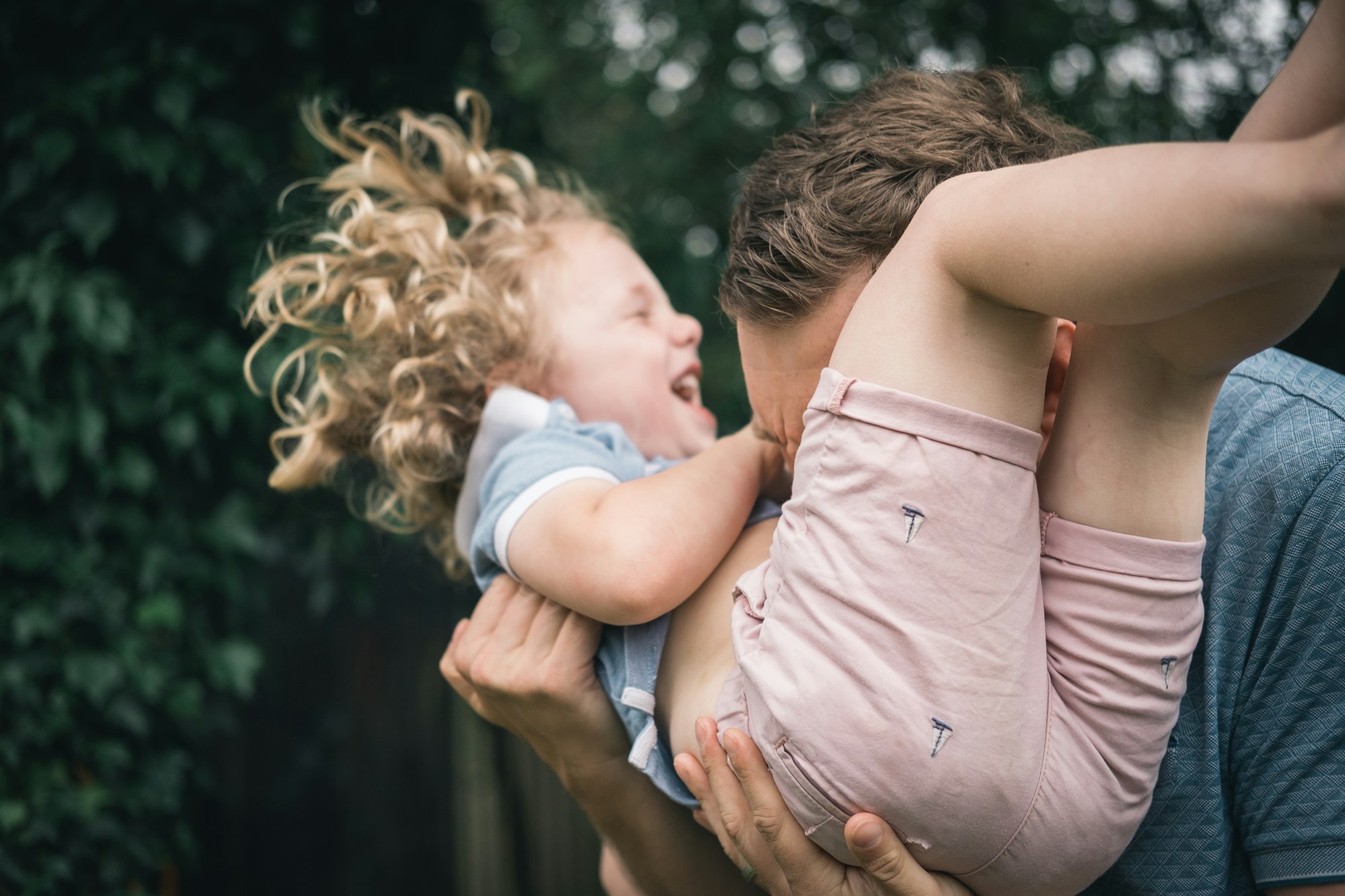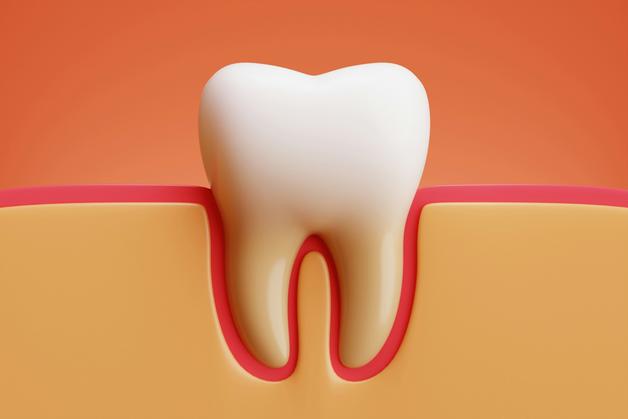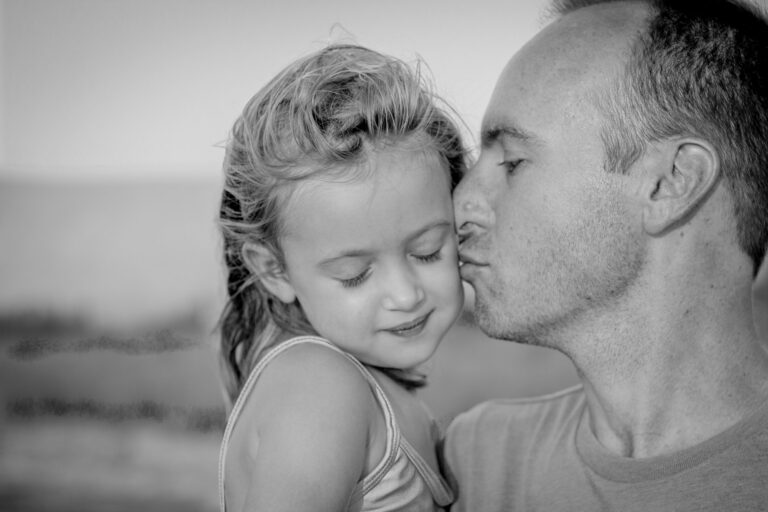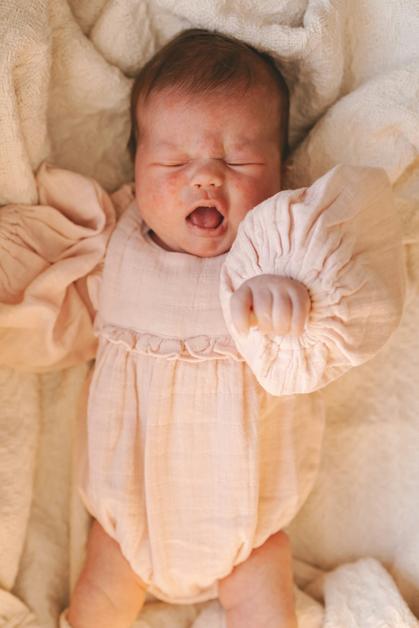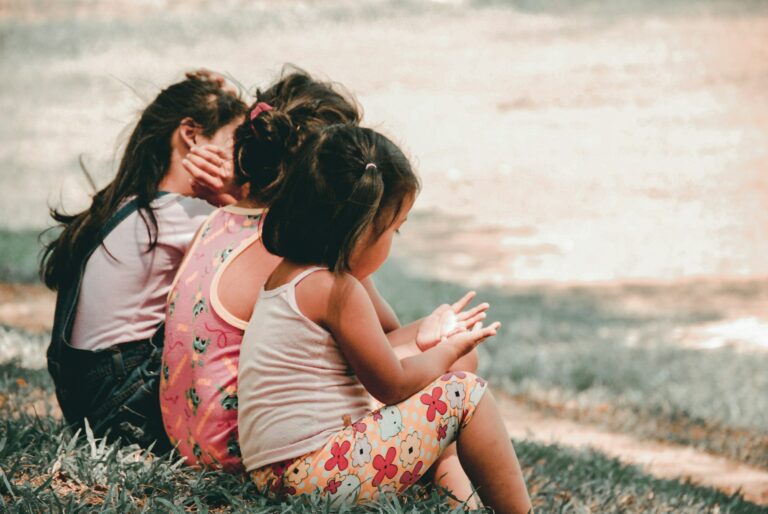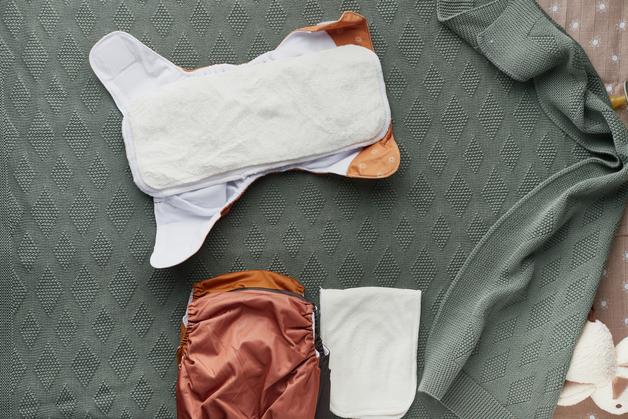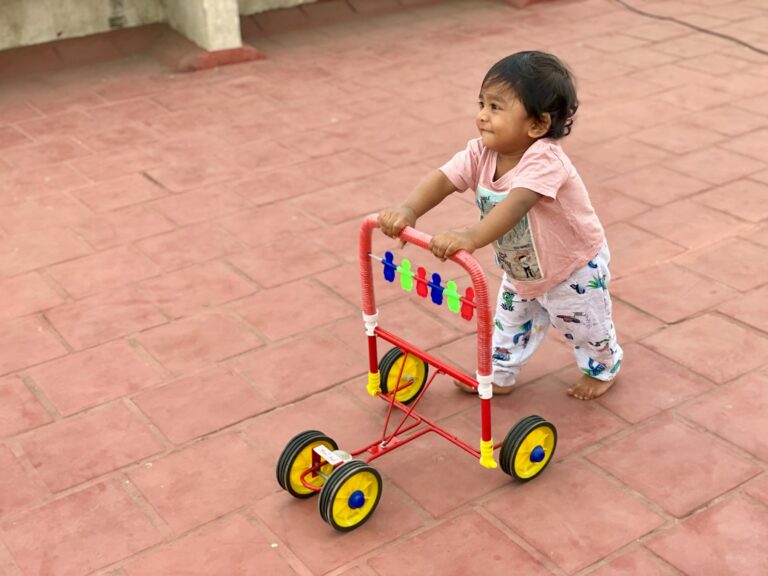Potty training baby—the very phrase has a way of sparking mixed feelings, doesn’t it? Perhaps a touch of anticipation, maybe a dose of anxiety, and, at times, no small amount of confusion. When to begin? How to interpret those ambiguous signals—is a dry diaper a sign, or just luck? Is there really a “right” way? For many parents, these questions swirl together with concerns about timing, readiness, and how best to support their child’s natural development while respecting their unique pace. The journey from diapers to the toilet isn’t just a logistical shift; it’s a physiological, emotional, and developmental leap. This exploration will walk you through the signs that matter, the stages every parent faces, the common psychological hurdles, and the science behind readiness, always with a calm perspective toward everyday victories and setbacks alike.
Understanding Readiness: Beyond Age, Into Physiology
Potty training baby is less about age as a number and more about how the body’s internal controls evolve. At the heart of this journey sits sphincter control—a child gaining the neurological ability to manage their bladder and bowel muscles voluntarily. These muscles don’t mature on a fixed schedule. In practical terms, this means one toddler might be ready at 20 months, while another only at three years, with both trajectories perfectly typical.
You might spot readiness through subtle clues: your child staying dry for longer stretches (sometimes two hours or more), showing deliberate interest in the bathroom habits of others, or even communicating, verbally or with gestures, about having a wet or soiled diaper. Some young children begin hiding to pass urine or stool, signaling increased body awareness. All these are grounded in physiological maturation—what pediatricians call neuromuscular readiness—not simply a learned habit.
It may surprise you that imitating adults, while valuable, is secondary to true biological control. A child can only succeed when the wiring is complete—impatience (from parent or child) rarely speeds up this brain-body coordination. Medical experts consistently underscore this distinction.
When and How to Start Potty Training Baby
The average window to start potty training baby is broad, typically somewhere between the second and third year of life, yet some children show readiness as early as 18 months. Others, especially in families embracing elimination communication (EC), may become attuned even sooner by observing parental cues, tracking timing, and responding to subtle signals.
Wondering if your child is ready? Consider these signs:
- Expressing interest in grown-up toilet use or watching siblings
- Ability to pull pants up and down independently (gross and fine motor strength at play)
- Staying dry during naptime or for longer periods throughout the day (suggesting some bladder maturity)
- Language to convey needs, whether through words, gestures, or routine
- Managing simple self-care like climbing onto a step or handling basic tasks without constant assistance
It’s widely recommended to involve your child in the changing process—pass wipes here, fetch a fresh diaper there—well before you ever introduce the potty. This builds body awareness and makes hygiene feel personal, ordinary, and nonthreatening.
Building Autonomy: Small Steps, Big Gains
Long before formal training starts, there are real opportunities to empower your child’s autonomy:
- Encourage their participation during clean-up (“Can you put your old diaper in the bin?”)
- Use neutral, matter-of-fact language about toilet habits—avoid turning it into a performance for adult approval
- Practice with easy routines like standing up for diaper changes, learning to wipe, or placing soiled diapers in the trash. These moments scaffold confidence little by little.
By framing toilet learning as an everyday routine rather than a high-stakes event, you lower the pressure and set the stage for self-led, internally motivated transitions. Your back may thank you, too—less lifting and more independence all around.
Approaches to Potty Training Baby: One Size Does Not Fit All
There isn’t a universal script. Some families gravitate towards elimination communication, blending attentive observation with early responsiveness even in infancy. Others opt for a child-led or gradual approach, letting curiosity and comfort determine the timeline. Many find a fit with the routine-based method, introducing set potty times and repetition, sometimes using visual reminders—stickers, charts, songs. Then there’s the intensive, boot-camp style, where focus sharpens over a few days, appropriate mainly for those with unmistakable readiness.
Each method has its proponents and detractors. The common denominator? Respect for the child’s pace. Parents, pediatricians, and child development specialists agree—forcing or rushing rarely leads to lasting success. Instead, match the strategy to your child’s temperament, your family rhythms, and, if ever in doubt, turn to your healthcare provider for perspective tailored to your situation.
Making the Potty Familiar: From Curiosity to Comfort
Familiarity breeds confidence. Let your child pick out the potty or seat reducer—ownership can make the bathroom less intimidating. Choose a spot and keep it consistent; too much change can muddy those forming routines.
Exploration should be encouraged: allow your child to sit fully clothed at first. Watching adults and older siblings can reduce mystery and build identification. Participating in choosing special “big kid” underwear transforms a mundane moment into a rite of passage—pride in autonomy and tangible motivation to stay clean.
Building a Positive Potty Training Baby Routine
Ritual is powerful. Try suggesting bathroom visits after meals, upon waking, before bedtime or bath—times when the gastrocolic reflex (the body’s urge to eliminate after eating) makes success more likely. Offer encouragement for every effort, results or not. Praise the act of sitting, the attempt, the communication—steps all along the spectrum count.
Clothing matters more than you might think. Opt for elastic-waist pants or skirts. Steer clear of complex snaps, overalls, or tight leggings, as they can become insurmountable obstacles for little hands in urgent moments. Independence in self-care—managing clothes, washing hands—builds real-life skills well beyond the bathroom.
Accidents? They happen. They’re part of learning—not failures, simply moments in the process of gaining new skills.
Phased Approach: Understanding Potty Training Baby Stages
- Introduction: The potty enters daily life. Keep explanations simple and straightforward, using accessible language.
- Familiarization: Sitting while dressed, progressing to trying after regular meal and sleep times. Your child begins to recognize internal signals.
- Routine Building: Set predictable schedules, celebrate attempts. Positive reinforcement, whether words, high-fives, or a visual chart, encourages new habits.
- Transition: As reliability grows, daytime diaper weaning begins—first with training pants, gradually advancing to regular underwear.
- Full Independence: Support your child as they master wiping (front to back especially for girls to prevent urinary tract infections), flushing, thorough hand washing, always supervising until proficiency is consistent.
Parents often ask: “When should the diaper go away at night?” Not too soon. Nighttime dryness is governed by different physiological processes, including the secretion of antidiuretic hormone (ADH), which reduces nighttime urine production. This hormone matures in its own good time—sometimes months or years after daytime readiness.
Setbacks and Accidents: Expect, Accept, Move Forward
No learning process—especially one involving physiological control—is flawless. Expect slips. They reflect ongoing neurological development, not misbehavior or negligence. Responding with calm, matter-of-fact reassurance sets a supportive tone and shields emerging confidence.
Resistance or even outright fear of the potty is sometimes encountered. If your child balks, try using toys or stories—perhaps a favorite stuffed animal learning alongside. Pressuring a child can lead to costly side effects such as constipation or performance anxiety. Support, don’t force.
Periods of regression—during vacations, major life changes, or daycare transitions—are commonplace. Children, like adults, react to emotional and physical changes. When setbacks occur, return to familiar routines and offer abundant patience. Most children regain prior skills quickly with gentle encouragement.
Out and About: Potty Training Baby Beyond Home
Venturing outside with a potty training baby? Preparation is your ally:
- Bring a portable potty or a familiar seat reducer for public toilets.
- Show your child where facilities are when you arrive somewhere new.
- Pack a “potty kit”: extra clothes, wipes, a sealable bag for soiled garments.
- Stick to familiar routines where possible—consistency breeds confidence.
For longer journeys, disposable seat covers or foldable potties can reduce anxiety and maintain hygiene standards. Relapses here and there are not a step backward—they’re part of becoming adaptable in new environments.
Selecting the Right Clothing
While it’s tempting to dress little ones in fashion-forward outfits, practicality wins. Comfortable, easy-to-remove clothing makes success more likely—especially during urgent moments. Accessories like training pants support the internal feedback loop: feeling wetness reinforces the potty habit without undermining confidence.
Health, Hygiene, and Safety: Setting Foundations for Long-term Wellbeing
Teach hygiene as you teach toileting: front-to-back wiping, flushing, and hand washing (sing a song, use a visual timer—make it enjoyable yet effective). Incorporate these habits as non-negotiables, much like teeth brushing.
Pay attention to changes in stool or urine frequency; constipation is not uncommon during transitions to new routines. Persistent issues—painful stools, stool holding, or avoidance—are signals to consult your healthcare professional. Mental and physical health are deeply interconnected around this stage.
Keep hazardous cleaning agents locked away. Ensure the potty or seat is stable, appropriately sized, and free from tipping risks.
Balancing Techniques and Perspectives
What about disagreements—does sticker-based positive reinforcement truly help, or does it distract from internal motivation? Opinions vary. Some psychologists advocate for intrinsic rewards, arguing that small achievements feel more satisfying when self-driven. Others suggest that temporary external motivators—stickers, praise, occasional small treats—boost engagement when the process feels daunting.
The larger consensus? Autonomy and encouragement pair better than pressure or punishment. If your child consistently resists or struggles past age three, or displays signs of distress, seeking guidance from a pediatrician or child development professional is wise. Individual variations abound, but support should never come with shame.
Key Takeaways
- Potty training baby is a physiological—and emotional—milestone; signs of readiness outrank arbitrary timelines.
- Be attentive to neuromuscular signals and support your child in developing body awareness, not just surface cleanliness.
- Encourage participation in all steps, building autonomy, and real-life skills that extend far beyond the bathroom.
- Routines, consistency, and practical clothing choices foster successful, confident learners.
- Accidents and regressions are part of development, handled best with acceptance, patience—and a touch of humor.
- Hygiene education and proactive health monitoring support long-term wellbeing.
- Respect for individuality, plenty of encouragement, and a willingness to consult professionals (when needed) ensure the healthiest path forward.
Need more tailored health tips or guidance on every stage of your child’s wellbeing? You can always download the Heloa app for personalized advice and access to free health questionnaires for your little one—empowering you to make informed, compassionate choices every step of the way.
Questions Parents Ask
When should I be concerned if my child is not showing any interest in potty training?
It’s normal for children to start potty training at different ages, and some may show little interest even after their second birthday. If your child is around 3 years old and still shows no signs of readiness or interest, rassurez-vous—every child develops at their own rhythm. However, if there’s also a delay in other areas such as speech, motor skills, or social interaction, or if your child expresses discomfort or distress around the potty, it may be helpful to speak with your healthcare professional for reassurance and guidance. There are always supportive solutions to help encourage your child’s progress.
Is it possible to start potty training a baby before 18 months?
Some parents consider techniques like elimination communication with babies younger than 18 months, observing their cues and responding early. While this can build body awareness, il convient de rappeler que many infants are not yet developmentally ready for full control over their bladder and bowel muscles. Most children gain maturity for consistent potty use closer to 18-24 months. If you’d like to try early exposure, make it a gentle, pressure-free experience—let your baby watch, be curious, and participate without expectation. Be patient and encourage small steps, knowing that mastery will naturally come when your child is ready.
What if my child is afraid to use the toilet?
A fear of the toilet is something many children go through, and it can feel overwhelming for parents. This fear is often due to the unfamiliar sound of flushing, the sensation of sitting on a large seat, or not feeling secure. Pour rassurer votre enfant, you can let them start by sitting on the potty with clothes on, use a child-sized potty or a secure seat reducer, and involve comfort items like a favorite toy. Gentle encouragement, reading stories about toilet use, and giving your child time to adjust can help ease their worries. With empathy and respect for their pace, many children feel more confident about using the toilet over time.
Further reading:

